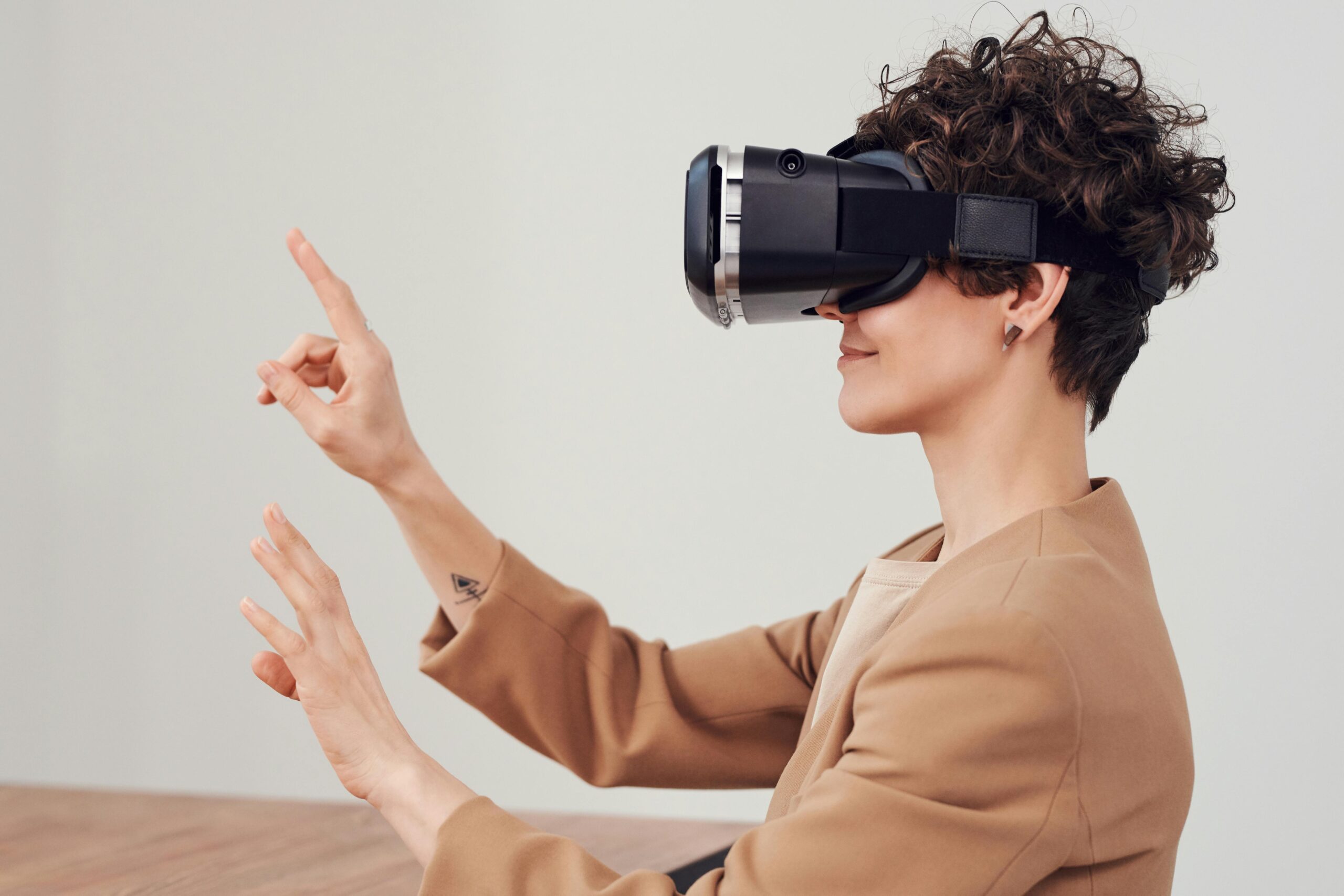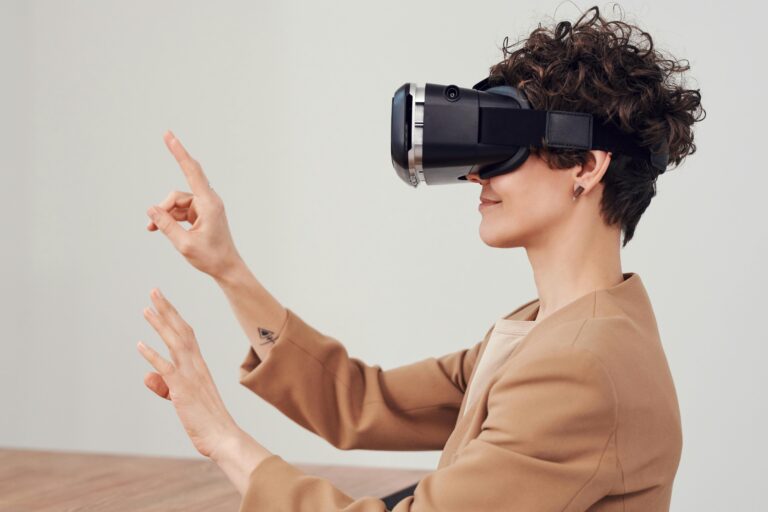
The homebuying process has long been a monumental milestone, filled with excitement, stress, and decisions. For both first-time buyers and seasoned investors, navigating the real estate market often involves a significant investment of time and resources. In recent years, Virtual Reality (VR) and Augmented Reality (AR) have emerged as game-changers, transforming how people search for, view, and evaluate homes in the United States.
The Rise of Immersive Technology in Real Estate
VR and AR technologies are no longer confined to the gaming and entertainment industries. Real estate professionals across the U.S. are embracing these tools to offer innovative experiences to their clients. By integrating immersive technology into the homebuying journey, agents and brokers are providing buyers and investors with the ability to visualize properties like never before.
For first-time buyers, VR and AR offer a way to explore homes without stepping foot on the property. For investors, these tools provide insights into potential renovations, layout optimizations, and neighborhood compatibility.
Virtual Reality: Touring Homes from Anywhere
One of the most significant ways VR is revolutionizing real estate is through virtual property tours. These tours allow prospective buyers to “walk through” a home from the comfort of their own living rooms.
Using VR headsets or even basic devices like smartphones and tablets, buyers can:
- Explore properties across the country: No need to travel long distances to view homes, making it ideal for out-of-state buyers.
- View multiple homes in a single day: Eliminate the logistical challenges of scheduling in-person visits.
- Examine details up close: Interactive VR tours let users inspect details such as countertops, flooring, and fixtures.
For first-time buyers who may feel overwhelmed by the number of options, VR tours streamline the search process. Investors, on the other hand, can assess multiple properties in different cities, saving time and money on travel.
Augmented Reality: Visualizing Possibilities
AR goes a step further by allowing buyers to overlay digital enhancements onto real-world spaces. This technology is particularly useful for envisioning the potential of a property. With AR, buyers can:
- Stage an empty home: Virtually furnish rooms to see how their own style fits within a space.
- Test design changes: Experiment with different wall colors, flooring options, or room layouts.
- Evaluate renovations: Investors can plan remodels and predict how modifications might increase a property’s value.
Apps and AR tools give buyers confidence in their decisions, enabling them to personalize their vision before committing to a purchase.
Streamlining the Buying Process
Beyond offering immersive experiences, VR and AR are helping streamline the buying process in other ways. For example:
- Interactive maps: Buyers can explore neighborhoods, schools, and local amenities using AR-enhanced maps.
- Remote collaboration: Buyers and agents can discuss property details in real-time using VR platforms, even when miles apart.
- Efficient transactions: By narrowing down choices through VR and AR tours, buyers can focus on finalizing the purchase, shortening the overall timeline.
For long-time investors, these tools can also aid in comparative market analysis, allowing for data-driven decisions that align with investment goals.
Overcoming Common Challenges
While the benefits of VR and AR in real estate are undeniable, the technologies are not without their challenges.
- Cost barriers: High-quality VR and AR tools can be expensive to implement, which may deter smaller agencies.
- Learning curves: Buyers and agents may need training to use these tools effectively.
- Connectivity requirements: A strong internet connection is essential for smooth experiences, which can be a limitation in rural areas.
Despite these hurdles, the growing popularity of immersive technology is driving innovation and accessibility, making it easier for all parties to adapt.
Meeting Buyer Expectations in the Digital Age
Today’s buyers, especially Millennials and Gen Z, expect seamless digital experiences. These tech-savvy generations are accustomed to shopping online and engaging with interactive content, making VR and AR an appealing extension of their real estate journey.
For first-time buyers, VR and AR provide the confidence to make informed decisions. Investors, many of whom have portfolios spanning multiple regions, benefit from tools that make remote property management more intuitive.
Success Stories: Real-World Applications
Across the United States, real estate companies are already leveraging VR and AR to enhance their services:
- Zillow 3D Home Tours: Zillow’s virtual tour feature enables users to explore homes with 360-degree views, simplifying the search process.
- Matterport Scans: This popular tool creates digital twins of properties, offering immersive tours that mimic an in-person experience.
- AR Home Staging Apps: Platforms like Houzz and Magicplan let buyers visualize furniture placement and design upgrades in real-time.
These success stories highlight how embracing technology can set real estate professionals apart in a competitive market.
The Future of Real Estate with VR and AR
The integration of VR and AR into real estate is still in its early stages, but the future looks promising. As these technologies become more advanced and accessible, we can expect:
- Personalized experiences: AI-driven VR tools that adapt tours to individual preferences.
- Sustainable practices: Reduced travel for property viewings, contributing to eco-friendly buying processes.
- Global investments: Investors from anywhere in the world can explore U.S. properties without boarding a plane.
By staying ahead of these trends, real estate professionals can attract a broader audience while enhancing the client experience.
Embracing Innovation for Success
The real estate market in the U.S. is evolving rapidly, and VR and AR are at the forefront of this transformation. Whether you’re a first-time buyer seeking your dream home or an investor expanding your portfolio, these technologies are reshaping the way properties are bought and sold.
As more agents adopt immersive tools, buyers and investors alike will find the process more efficient, enjoyable, and tailored to their needs. By embracing VR and AR, the industry is not just keeping up with the digital age—it’s leading the way into a new era of homebuying.





